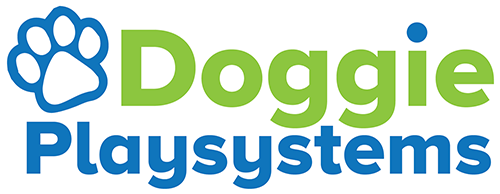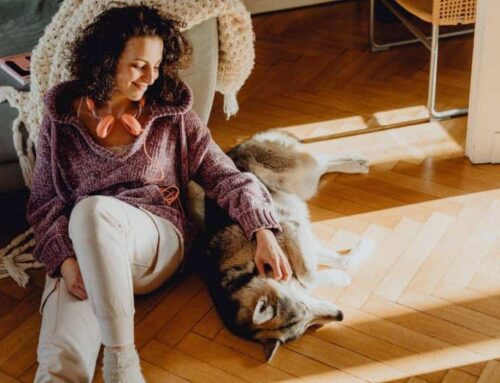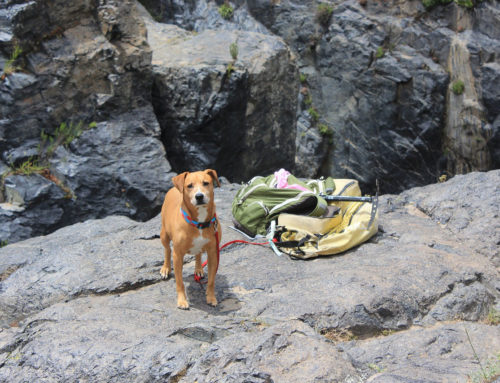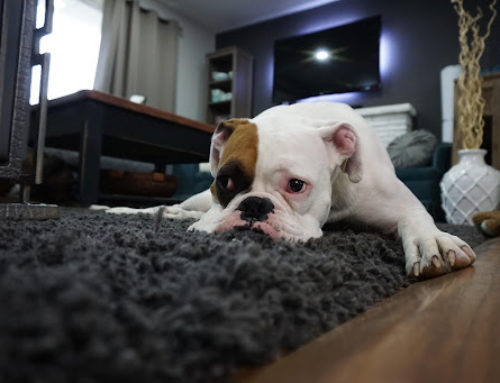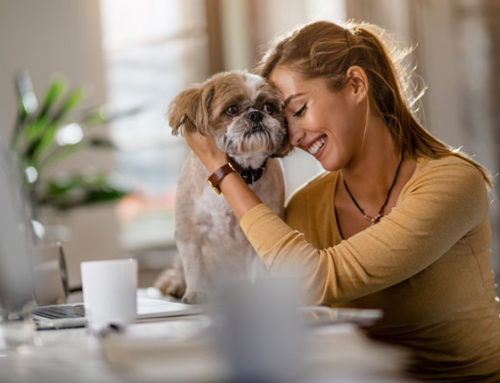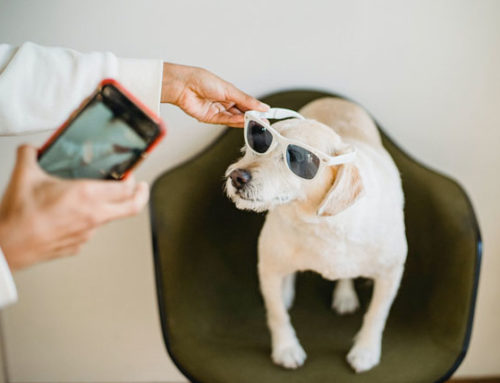– 5 Simple steps for your puppy’s success.
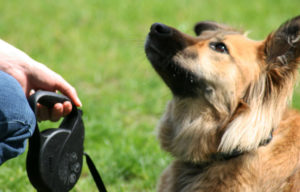
Getting a new puppy can be one of life’s greatest rewards, but training a dog…now that is one of life greatest challenges. It’s wonderful to have a faithful companion who will run around the yard with you, play ball, tug on rope toys, or snuggle next to. That is how we often envision life with a dog, but it takes work to train them to be the type of animal you want them to be.
Owning a puppy is a huge responsibility. Not only could it cost thousands of dollars in food and veterinary bills in the long term, depending on the breed, you may also h ave to contend with issues like shedding, slobbered furniture, stolen shoes, and those smelly, little brown piles on the carpet…not so pleasant!
Still, the journey from new puppy to being a permanent part of the family is worth it. And although it may be quite a while before you can teach your dog any real jobs, we can give you a few simple pointers that we have received from dog trainers on how to get started with training a puppy.
Training a dog for a purpose
Some dog breeds can be taught how to perform special tasks; herding breeds, like the collie or the Shetland sheepdog for example, can be trained to group sheep together. Retrievers can be trained to hunt, and Rottweilers can keep your family safe. This is what we call training a dog for a purpose. Many of the doggie playsystems manufactured by Pacific Outdoor Products are used in this type of training. To get your dog started with the whole training process, you’ll need to begin with the basics.
Dog trainers have a long list of recommendations and “rules” for puppy training. Here are just five simple reminders that trainers often suggest to keep in mind as you begin the adventure of training a dog:
Getting started with training a dog
#1: Establish dominance early on.
It sounds a bit authoritarian to say, “Let them know who’s boss”, but it will be much harder to train your dog if they are confused as to who is the master. This doesn’t mean you should ever show cruelty or scare them with your tone or body movements, but it does mean taking a few simple steps to define your position.
- When giving a command, speak in a low, direct voice.
- Use a hand motion as well as verbal instruction.
- To them, the word you use is just a sound. That is why it is especially important to be consistent with the word(s) used for the various commands.
- Use a clicker or a word, such as “Yes” (avoid common phrases like “Good boy/girl”), to signal they have done the right thing.
#2: Use dogs name as a directive.
We are so eager and excited to finally have a puppy that we get swept up in the moment and start developing habits that might be difficult to undo later on. We often use “pet names” instead of their own name. When training your dog, however, use your dog’s name as a directive to get their attention. Reward them for just looking at you when you say their name. Even this is a big deal and means they are learning to listen and acknowledge you as their master.
#3: Use praise lavishly.
In the early stages use treats regularly but only when the puppy follows commands. If you constantly feed the dog treats, the value of the treat will decrease and will cease to be useful. Remember, you are the master of their food…and everything else!
#4: When training a dog, discipline in the moment.
Discipline means to correct your puppy’s behavior so they know what they are supposed to do. It does NOT mean hurt them, show anger toward them, or scare them in any way! They want to do what is right, but it is our job as their master to show them what that is…in a gentle way.
Do not let those big sorrowful eyes distract you; if your dog is exhibiting a negative behavior it needs to be corrected. When you catch your puppy in the act, immediately say, “No” and then have him/her do something that will be rewarded. If they have learned to sit, for example, they tell them “Sit!” Then, promptly acknowledge with “Yes” (or the word/sound you have chosen) and reward them with a treat for their obedience.
#5: Practice…practice…practice.
Those words remind me of piano lessons when I was a child. If it does the same for you, I hope it won’t be a negative memory that will cause you to shy away from training your dog. It’s actually a lot of fun and the more you practice, the more you will see results. That said, try not to overwork your little puppy. It’s not important to be the best in their dog training class or impress visitors to your home. Training your dog is as enjoyable to them when done properly and a comfortable pace. Go slow…just a moderate amount each day is plenty.
The attention span of a dog is very short so be patient and realize that each little step forward will need to be repeated over and over again.
We wish you many slobbery kisses, very few missing shoes, and a lot of fun training your dog.
